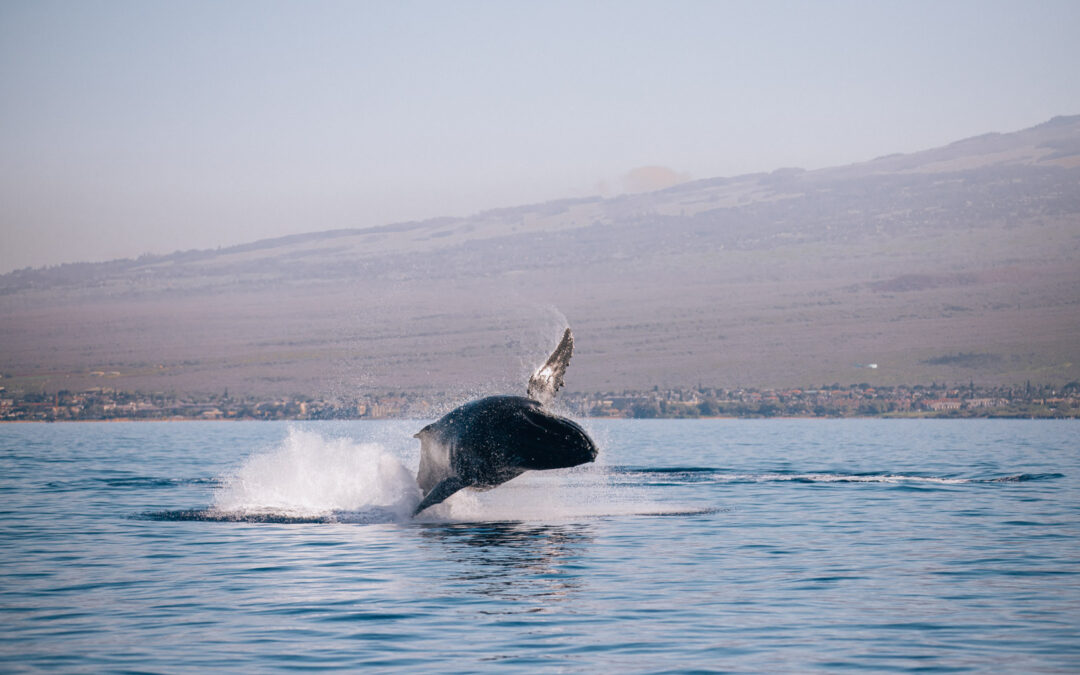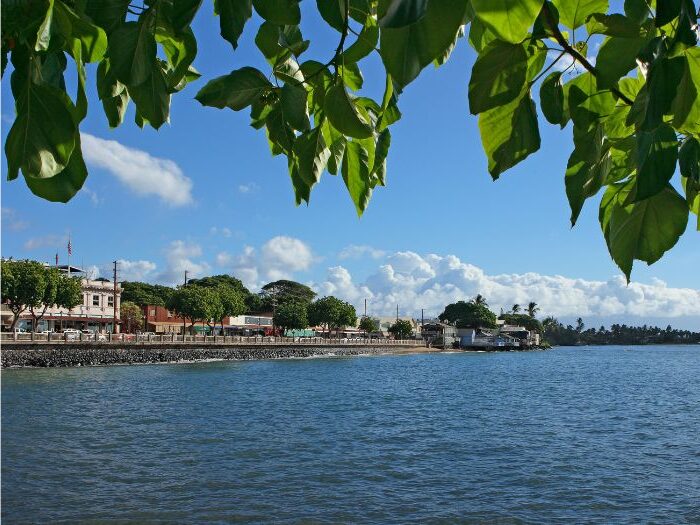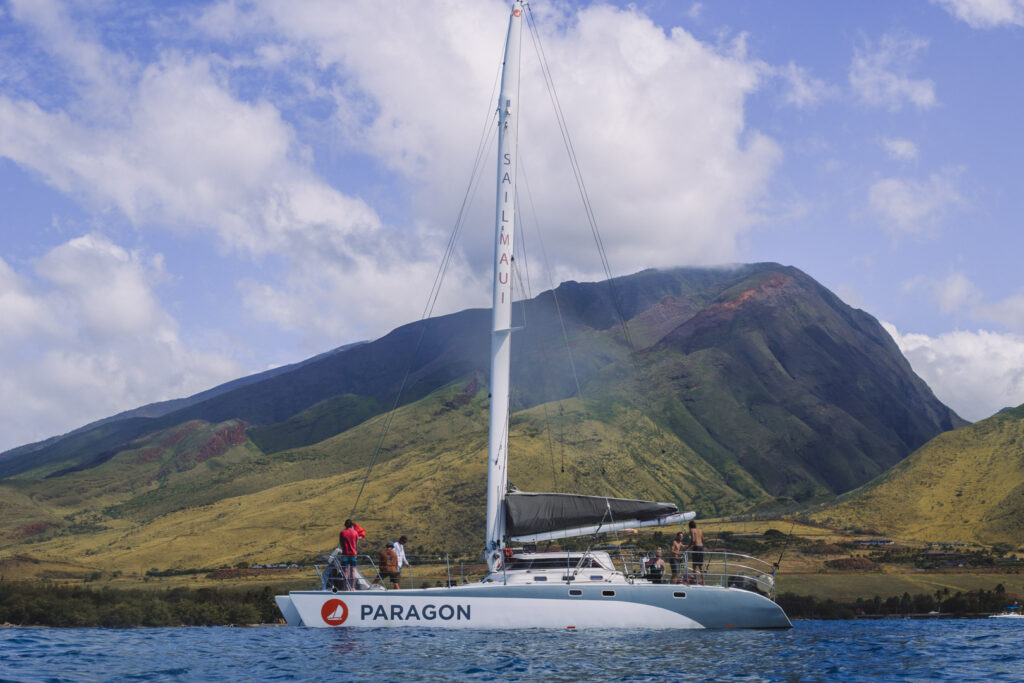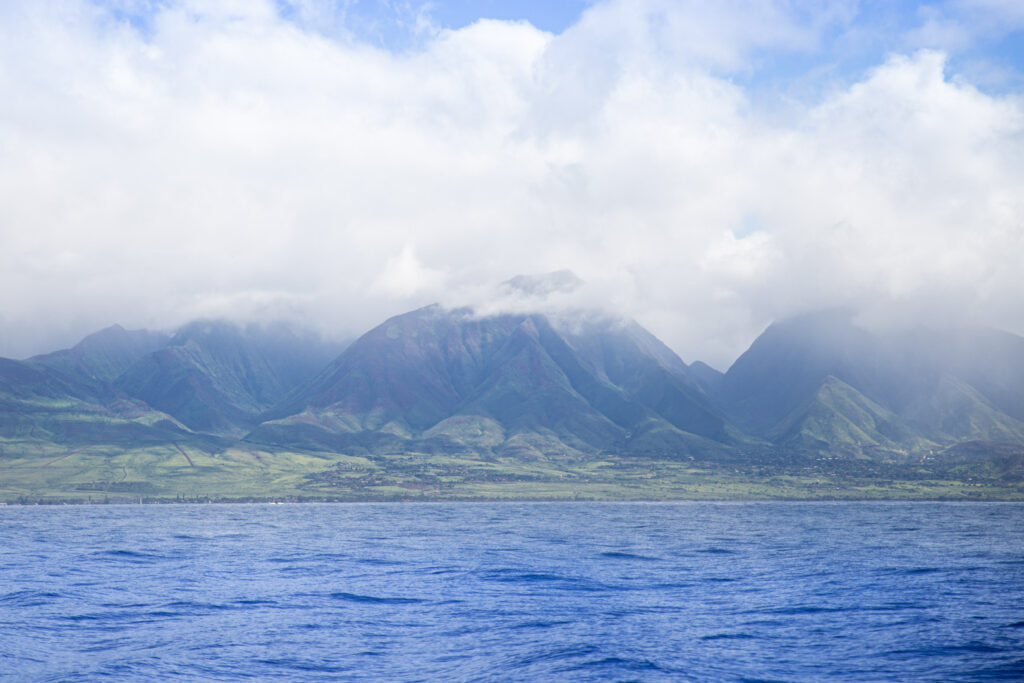Arriving in Lahaina is like entering a new world. Time slows down to island time. The sun is always shining. The lapping of the ocean on the white beaches sounds like a lullaby. It’s no surprise that Lā hainā means “cruel sun” in the Hawaiian language. But the history of Lahaina goes deeper than its relationship with the sun and heat.
This small town’s written history begins when it was conquered by Kamehameha I in an effort to unite the Hawaiian Islands under one rule 1794. The land was then named the capital of Hawaii in 1802 and remained the capital until 1845 when it was moved to Honolulu. After the death of Kamehameha I, missionaries began to enter the Hawaiian Islands arriving in Lahaina in 1820. Their arrival coincided with the arrival of whaling ships and sailors eager to take advantage of the good weather and plentiful resources the town had to offer. A short time later, Lahainaluna high school was founded and remains the oldest high school in Hawaii and west of the Rocky Mountains which also hosted the first printing press in Hawaii. Throughout the 1800’s, the sleepy port town began to grow, adding features like the Lahaina prison and Lahaina’s sugar plantation.
As the rulers of the Hawaiian monarchy changed throughout the century, Lahaina remained a popular destination for whalers and workers on the sugar plantation. During that time in 1873, the iconic banyan tree was planted to commemorate 50 years of missionaries in Lahaina. When King Kalakaua came into power in 1874, he revived Hawaiian cultural practices that had been steadily erased by the presence of missionaries in the Islands. The hula dance made a full recovery and is still popular on the islands and Lahaina today.
By the start of the 1900s, Hawaii was annexed to the United States as a territory. During this period, Lahiana’s sugar industry was changing the standard of life in the area. Roads and houses were built to accommodate the influx of workers and the small towns population steadily grew. The popularity of the town increased after Panam introduced flights to Hawaii in the 1930’s. By the end of the 1950’s Hawaii officially became a state making it a popular tourist destination for many Americans.
Today, Lahaina still contains many of its original features, from front street to the Baldwin house and the old prison. This sunny getaway sits below the West Maui Mountains where some of the best rainbows can be viewed in the late afternoon. The town is perfect to enjoy whale watching, dive its many beautiful reefs, and enjoy all of the Hawaiian goods it has to offer. For a front row seat to the town, book a sailing trip to enjoy the views of Lahaina and West Maui through Sail Maui.




